Quail’s flight of fancy
Authorities won’t classify a rare bird ‘endangered’, but is it already too late?
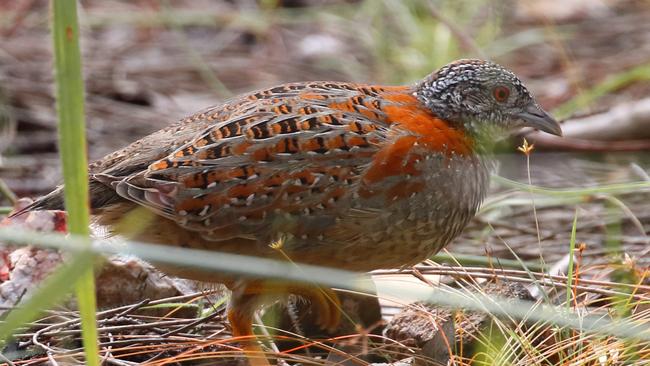
Queensland government authorities are refusing to classify the most mysterious and rare bird in Australia as “critically endangered”, although its own experts conclude it may already be extinct.
A row over the fate of the buff-breasted buttonquail, a small ground bird found only in the woodlands of Queensland’s Cape York, erupted as doubts emerged over the authenticity of photos claimed to be the first-ever images of the buttonquail and its nest.
The bird is the only one of the estimated 900 species recorded from Australia for which there are no verified photos. State authorities believe numerous sightings of the buttonquail – especially a spate of recent reports by prominent north Queensland naturalists John Young and Lloyd Nielsen – rule out the need to classify it as critically endangered, a status that would generate funds and management plans to save the species.
However, University of Queensland scientists studying the bird told authorities many or all the sightings are questionable or baseless because of confusion by observers with a closely related but much more common species – the painted buttonquail.
An expert team from the university’s Recovery of Threatened Species group says the buff-breasted species has not been reliably seen for 100 years, since naturalist William McLennan found birds in the Coen area of Cape York in 1922. The team headed by PhD student Patrick Webster has not found a trace of the bird during four years of intensive surveys across Cape York.
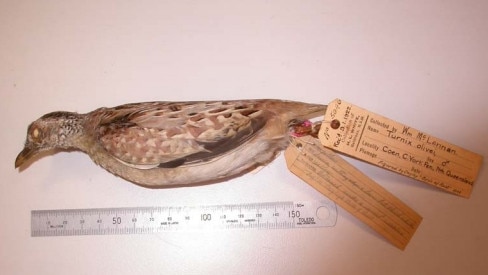
Young was propelled to international fame in 2013 when he took the first photographs of a night parrot, regarded then as the country’s rarest bird. Nielsen is a well-known natural history author and a recipient of the Medal of the Order of Australia for services to conservation.
After his parrot discovery, Young was employed as an ecologist by the Australian Wildlife Conservancy to study both the night parrot and the buff-breasted buttonquail.
Young claimed to see 25 buff-breasted buttonquail and find nine nests between 2016 and 2018 at Brooklyn, an AWC-owned property near Mt Carbine in north Queensland, in addition to multiple sightings in other places since the 1970s. He also claimed numerous night parrot records from northwest Queensland and South Australia.
Young left the AWC when doubts surfaced about some of his parrot records. A 2019 inquiry by the agency found those records could not be substantiated, with the likelihood that eggs on one nest in Young’s images were fake.
Young and Nielsen have since focused attention on the buttonquail, launching a public appeal recently for donations for research at a secret new north Queensland site where Young claims to have found the bird.
The AWC in 2018 published an image taken by Young, claimed to be one of the first of a buff-breasted buttonquail nest; it contained eggs. The agency also published what it said were the first images of the buttonquail itself, photographed in flight, but ornithologists concluded they were of such poor quality that the bird could not be identified.
Last January, Young published on social media an image of a nest with a painted buttonquail in it, which, he said, was part of a collaborative effort by him and Nielson to compile a detailed publication about the birds, including comparisons between the two buttonquail species.
Young said the image demonstrated how differences between the nests of buff-breasted and painted buttonquails are “like chalk and cheese”. But critics believe the photographs depict the same nest.
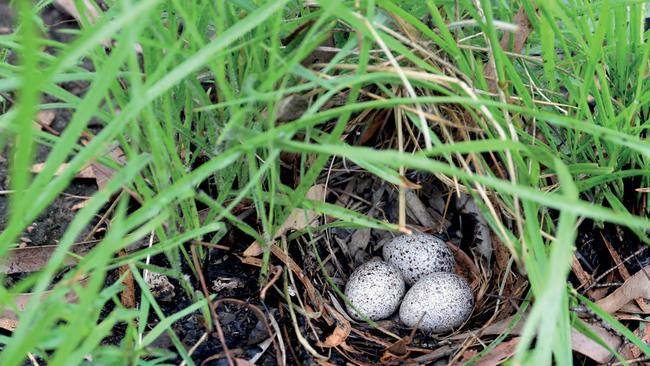
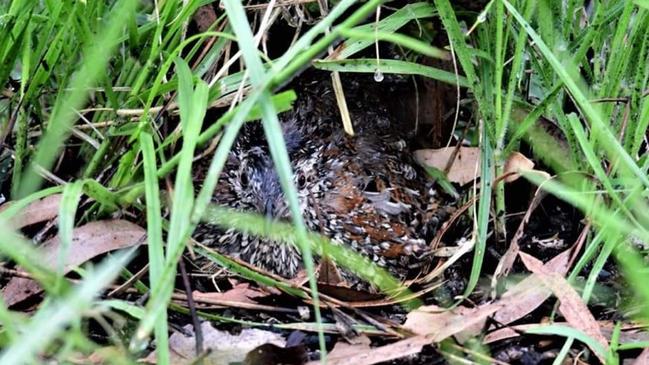
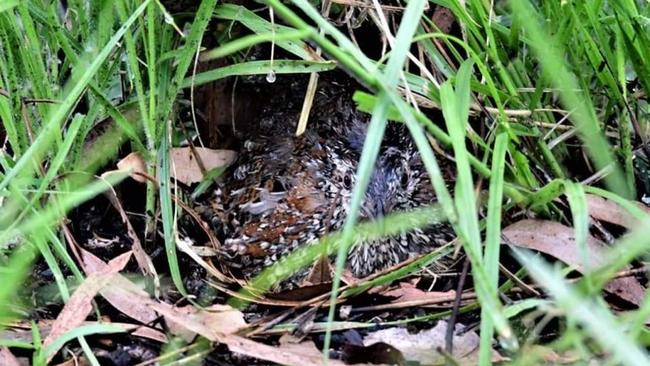
Forensic photography expert and RMIT University professor Gale Spring said metadata containing dates and other information were removed from the two images, so he could not be certain they are the same nests. However, “there are some landmark similarities between the egg photo and the bird photo that support the proposition that the two photographs are of the same nest”.
Young dismissed as “crazy” any suggestion the images depicted the same nest. “They are two totally different nests,” Young said, declining to comment further.
However, colleague Nielsen said the nests appeared to be the same, pointing to an identical small white stone in both images: “I can’t imagine how John made the mistake. He knows the buff-breasted buttonquail well.”
Respected wildlife researcher Chris Corben said there are many feature common to the two images: “It is evident to me that it is the same nest.”
Young has not photographed buff-breasted buttonquails in any of the nests he claims to have discovered, although scientists say this is often possible by approaching the nests at night or setting up camera traps.
Webster and his team were given the GPS co-ordinates for Young’s sites at Brooklyn by the AWC and searched them thoroughly, spotting only numerous painted buttonquail.
Young claimed late last year to have taken multiple photographs of a buff-breasted buttonquail at his new site. None were released publicly. Some ornithologists who saw one image say it is likely a painted buttonquail.
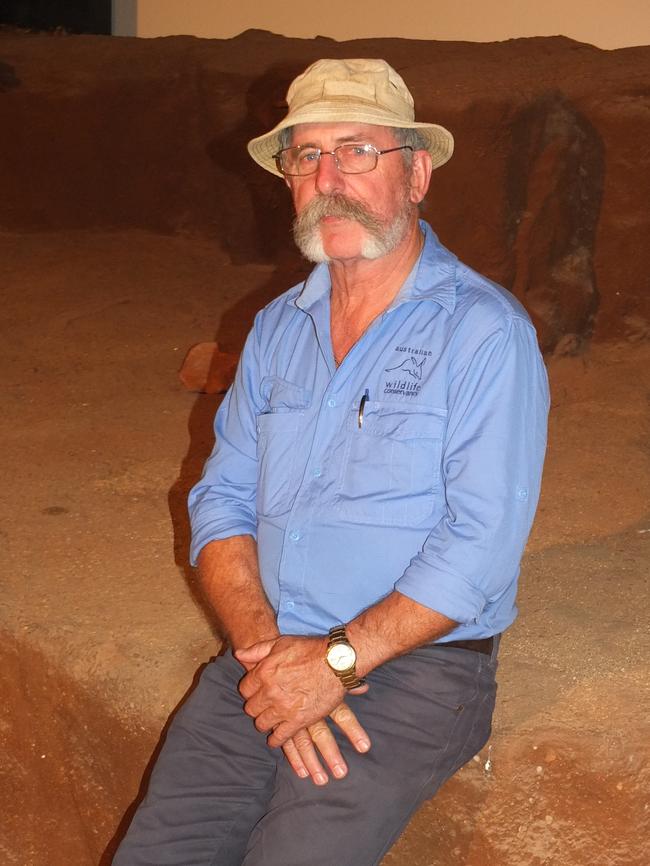
Although Queensland authorities dismissed the need for action to protect the species, two of their own experts sit on a national panel of scientific experts who conclude in a newly published paper that it is one of 16 wildlife species where there are no recent verifiable records, with a greater than 50 per cent chance they are already extinct.
A Queensland Department of Environment and Science spokesperson said the application to upgrade the buttonquail’s status was deferred because of the need for “further information justifying discounting some records and inconsistencies with recent publications”.
Asked about its experts believing the bird may be extinct, while at the same time declining to change its status, the department said: “There was no overlap of experts on the two processes and the processes involved differ and had different objectives.”
University of Queensland professor James Watson, who is overseeing the buttonquail research, said Webster’s team had carefully assessed numerous buff-breasted buttonquail reports.
Watson said there had been unsubstantiated sightings in recent years.
“These observations when investigated have no substance and have continued to contaminate the record,” he said.
The failure to list the bird as critically endangered means “it is very difficult to get any traction with practical, on-ground conservation actions”.
The university team last week submitted a fresh submission to the department seeking a status upgrade for the species.
Nielsen said that unlike himself and Young, doubters and “so-called scientific experts” had never seen a buff-breasted buttonquail and were in no position to pass judgment on the sightings of others.
Extensive modification of the Cape York woodlands by changed fire management and cattle grazing has drastically reduced populations of several bird species and is likely responsible for the demise of the buff-breasted buttonquail.
Young, with Nielsen’s support, claimed in 2006 to have discovered a new species of parrot in southeast Queensland – the blue-browed fig-parrot. The Queensland government was forced to withdraw its support for the claim when investigations by The Australian cast doubt on the authenticity of an image of the bird.



To join the conversation, please log in. Don't have an account? Register
Join the conversation, you are commenting as Logout